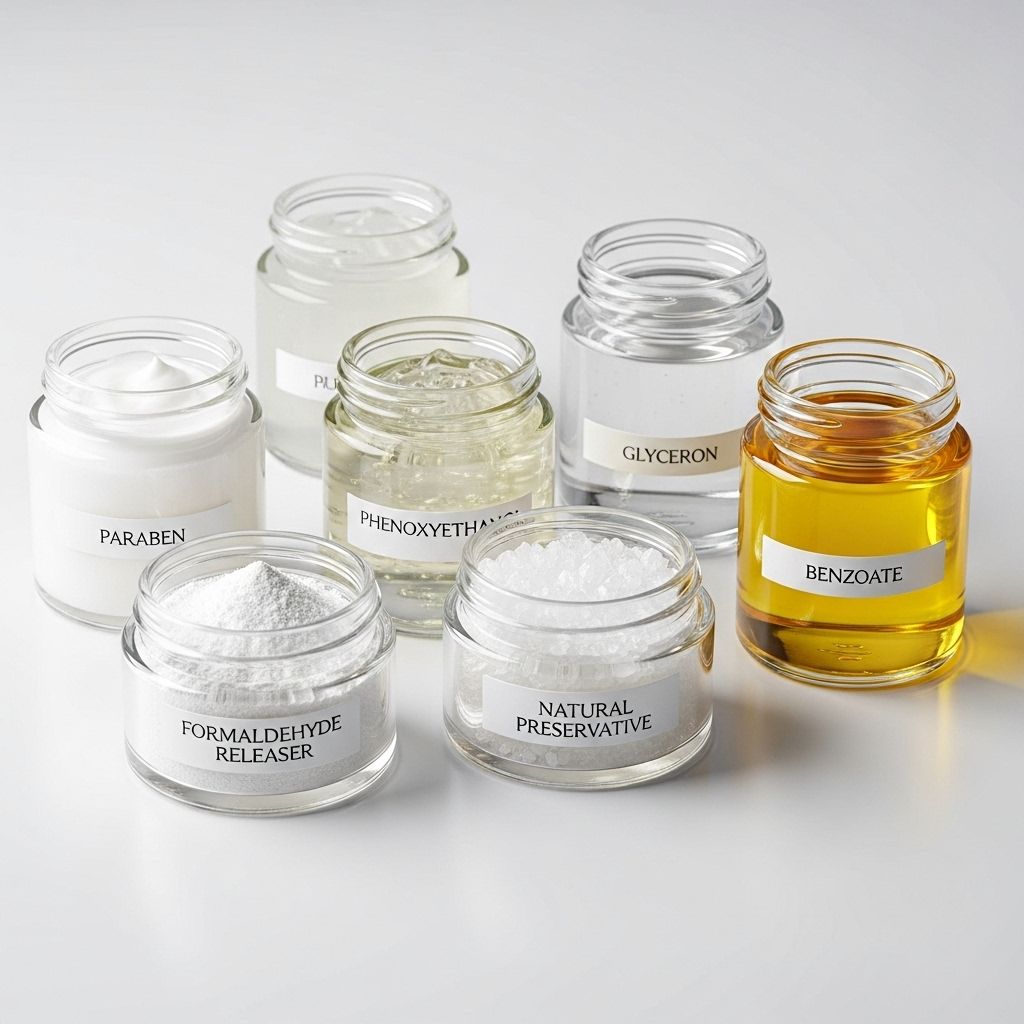Skincare Preservatives: Necessary or Harmful? Exploring the Science and Safety
Discover how beauty formulas stay fresh while ensuring your skin remains healthy.

Table of Contents
- Introduction
- What Are Preservatives in Skincare?
- Types of Skincare Preservatives
- Why Are Preservatives Necessary?
- Potential Harm and Controversies
- Scientific Evidence on Preservative Safety
- Parabens vs. Alternatives: A Comparison
- Natural Preservatives: Are They Better?
- Safe Skincare Practices with Preservatives
- Frequently Asked Questions (FAQs)
- Conclusion
Introduction
The debate over preservatives in skincare products is fraught with conflicting information, consumer fears, and marketing hype. On one hand, preservatives are essential for maintaining product safety and preventing microbial contamination. On the other, concerns about their potential harm—including irritation, allergies, and even long-term health effects—have led many to question their necessity. This article dives deep into the science behind preservatives, weighing their benefits against their risks, and examining the alternatives available.
What Are Preservatives in Skincare?
Preservatives are chemical compounds added to skincare products—especially those containing water—to prevent the growth of bacteria, fungi, and mold. Without these agents, products would spoil quickly, posing risks of infection and reduced effectiveness. While preservatives can be synthetic or natural, all function to extend shelf life and ensure product integrity.
Types of Skincare Preservatives
Skincare products commonly contain a variety of preservatives, each with unique properties and potential side effects:
- Parabens (Methylparaben, Propylparaben, Butylparaben, Ethylparaben): Widely used for decades, now controversial due to suspected estrogenic activity; however, they are still considered low risk for most users.
- Phenoxyethanol: A paraben alternative effective against bacteria but not mold or yeast; may cause irritation in some individuals.
- Benzyl Alcohol: Found naturally in some essential oils; can be irritating to sensitive skin.
- Sodium Benzoate & Potassium Sorbate: Common in natural/organic products, more effective against fungi than bacteria.
- Formaldehyde-Releasing Agents (DMDM Hydantoin, Quaternium-15, Imidazolidinyl Urea, Diazolidinyl Urea): Highly effective but may release small amounts of formaldehyde, a known skin sensitizer.
- Natural Preservatives (Gra
References
- https://pubmed.ncbi.nlm.nih.gov/37048149/
- https://skintypesolutions.com/blogs/skincare/preservatives-in-skin-care
- https://www.esmiskin.com/blogs/esmi-skin-central/preservatives-in-skincare-what-you-need-to-know
- https://www.safecosmetics.org/chemicals/preservatives/
- https://www.specialchem.com/cosmetics/guide/preservatives-for-cosmetic-formulations
- https://shankara.com/blogs/all-blogs/natural-preservatives-for-skin-care
- https://www.codexlabscorp.com/blogs/skincare/why-natural-preservatives-for-cosmetics-is-better
- https://www.gerdhelp.com/blog/preservatives-uses-benefits-and-risks/
- https://www.fda.gov/cosmetics/cosmetic-ingredients/parabens-cosmetics
Read full bio of Sneha Tete












